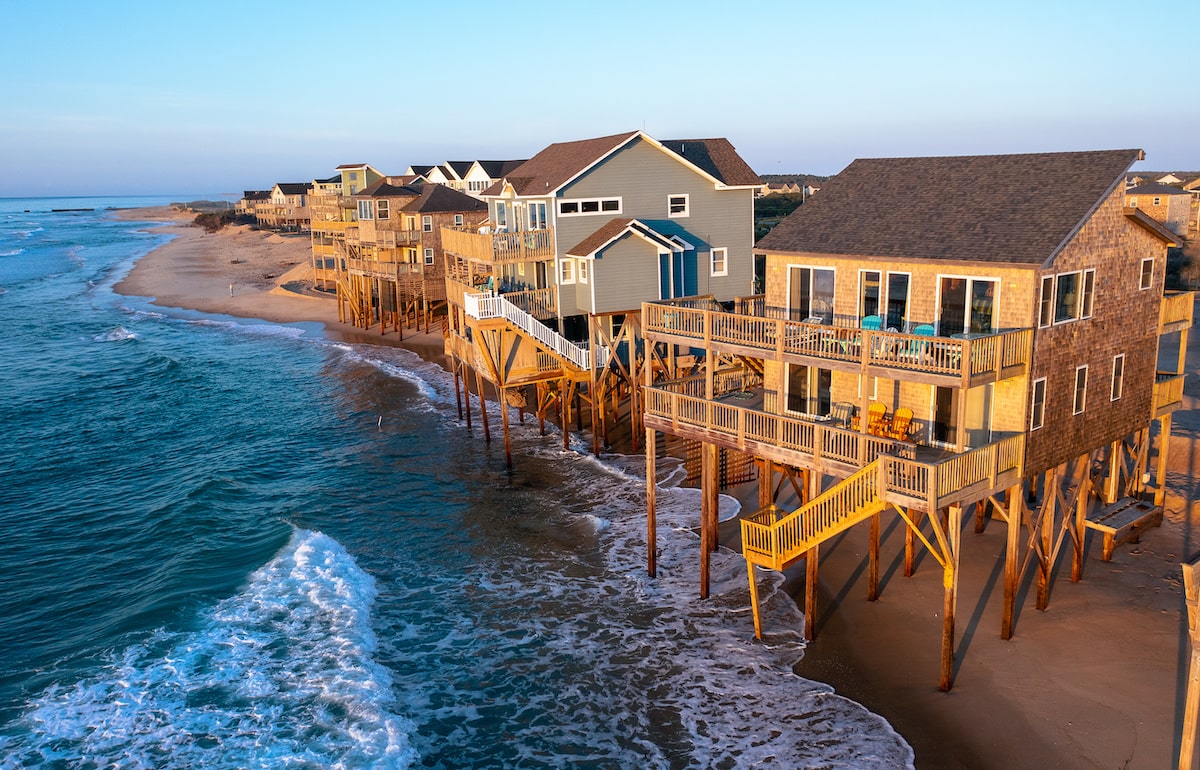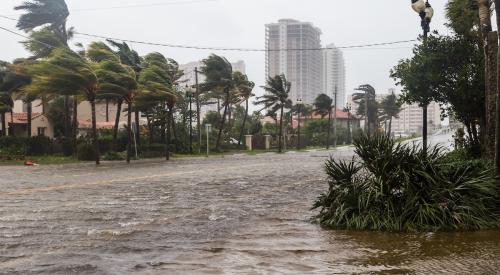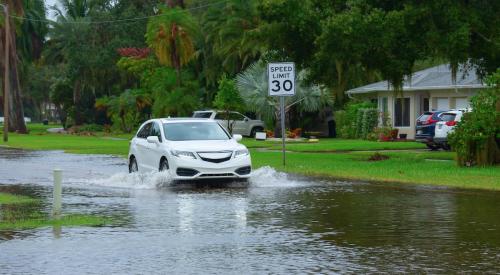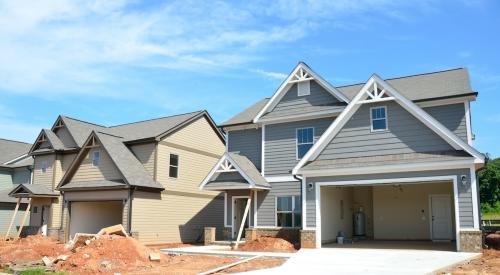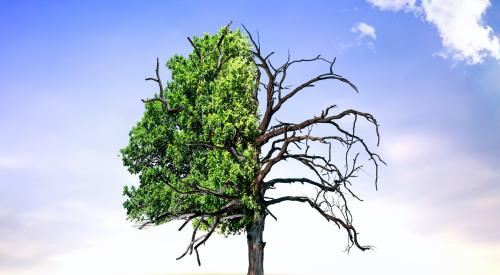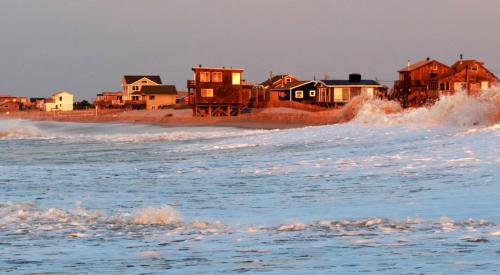Throughout the pandemic, scores of homebuyers motivated by remote work flexibility and record low mortgage rates made second home purchases in popular vacation destinations, but in their purchasing frenzy, many mistakenly overlooked natural disaster risks in their surrounding areas. According to Redfin, purchases of second homes with high flood risks rose by 45% in 2020 and 2021 from the two years prior, while purchases of second homes with high storm risk and high heat risk ticked upward by 40% and 39%, respectively.
In the last two years, purchases of second homes were up 37% from the years leading up to the pandemic, and even though demand is softening in a nationwide housing correction, a larger share of Americans now own homes in high-risk areas.
“The threat of climate change isn’t the top concern for a lot of homebuyers, which means they often prioritize factors like warm weather and proximity to the beach over avoiding natural-disaster risk. Second-home owners, in particular, have another place to live if disaster strikes—another reason climate danger may not feel like a pressing issue,” said Redfin Senior Economist Sheharyar Bokhari. “But house hunters should be aware that purchasing in a disaster-prone area not only puts them and their home at risk, but their finances as well. Home values in climate-endangered places may fall in the coming years as consumers learn more about the risks to properties in these areas.”
